Navigating Building Codes for Green Buildings: A Comprehensive Guide
Overview
Green buildings are the future of construction, blending sustainability with practicality. They reduce environmental impact and improve living conditions, but they must also follow local building codes. This article explains how to meet building codes for green buildings while keeping your project eco-friendly and safe.
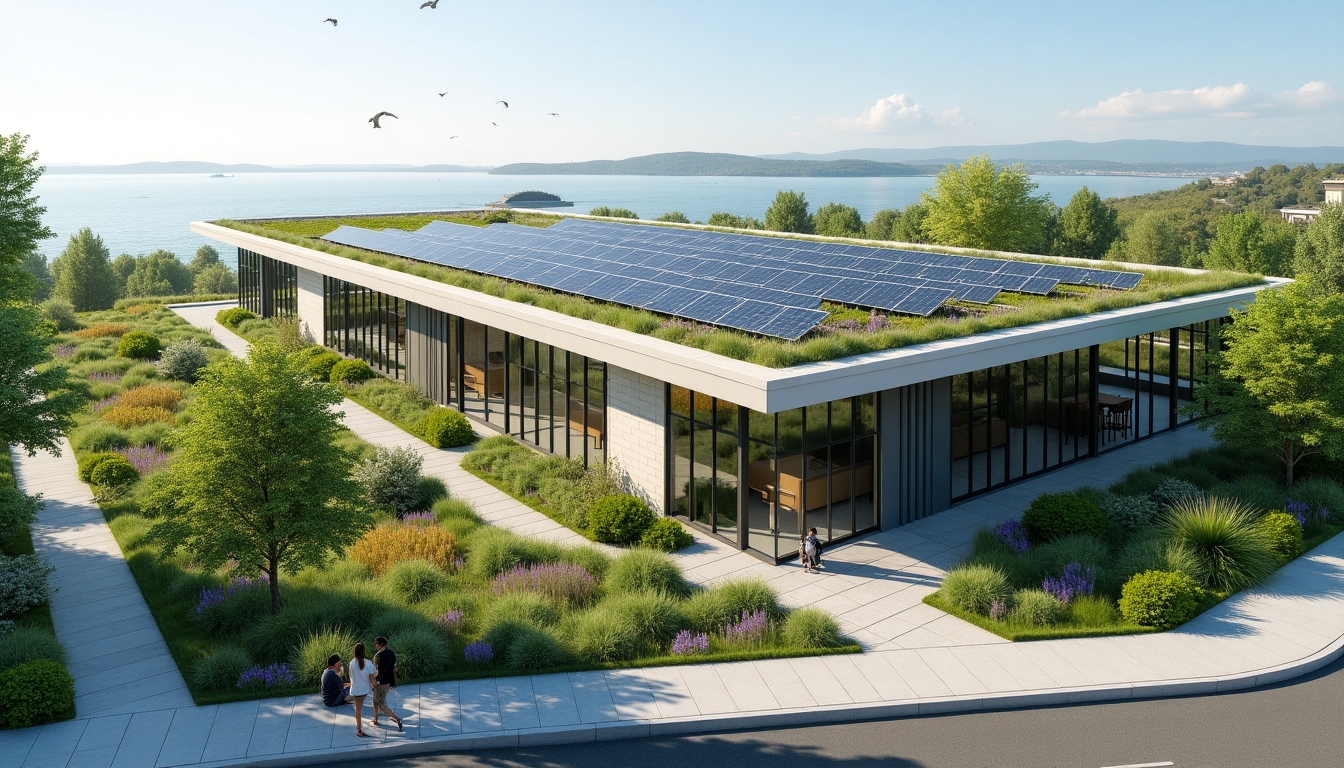
Understanding Building Codes
Building codes are rules that set the minimum standards for construction. They ensure buildings are safe, sturdy, and, increasingly, sustainable. For green buildings, this means meeting both traditional safety requirements and newer eco-friendly guidelines. I’ve worked on projects where overlooking a single code delayed approval—trust me, knowing these rules upfront saves time and stress.

Energy Efficiency in Green Buildings
Energy efficiency is a cornerstone of green design. It cuts energy use, lowers bills, and reduces emissions. Building codes often specify insulation levels, window performance, and heating system standards. Focus on the building envelope—walls, roof, and foundation design—to trap heat effectively. Insulating the foundation, for instance, prevents heat loss and boosts efficiency. Once, I saw a project save 20% on energy costs just by upgrading insulation beyond the code minimum.
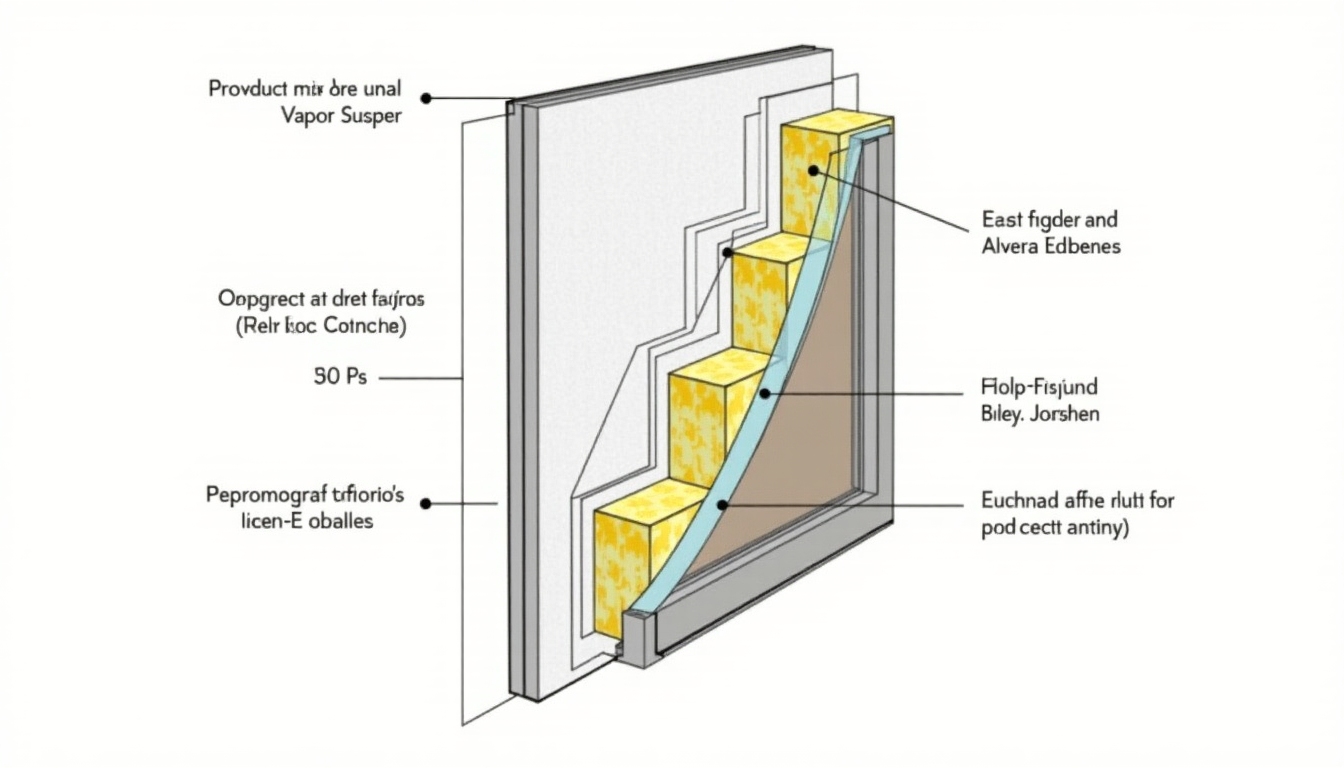
More on Energy Efficiency
Windows matter too. Choose ones with low-E coatings to limit heat transfer—cooler summers, warmer winters. Codes often list a U-factor or Solar Heat Gain Coefficient (SHGC) to meet. Orient your building to catch natural light and passive solar heat. Small tweaks like these can make a big difference without breaking the bank.
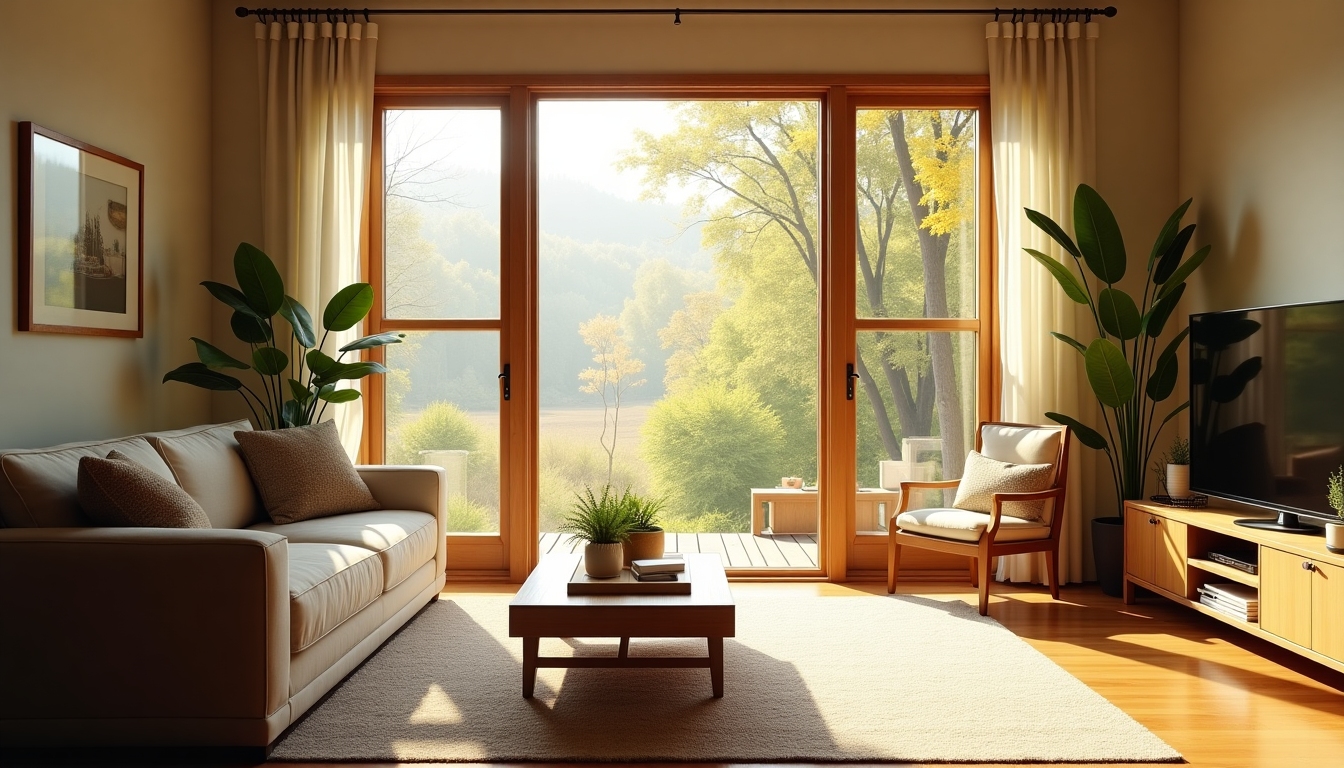
Water Conservation Strategies
Green buildings use water wisely, and codes often demand it. Install low-flow toilets, faucets, and showerheads to cut usage by up to 50%. Here’s a quick list of options:
- Low-flow toilets: Save gallons per flush.
- Aerated faucets: Less water, same pressure.
- Dual-flush toilets: Two settings for efficiency.
- Efficient showerheads: Strong flow, low waste.
I’ve installed these in my own home—they work, and you barely notice the difference.
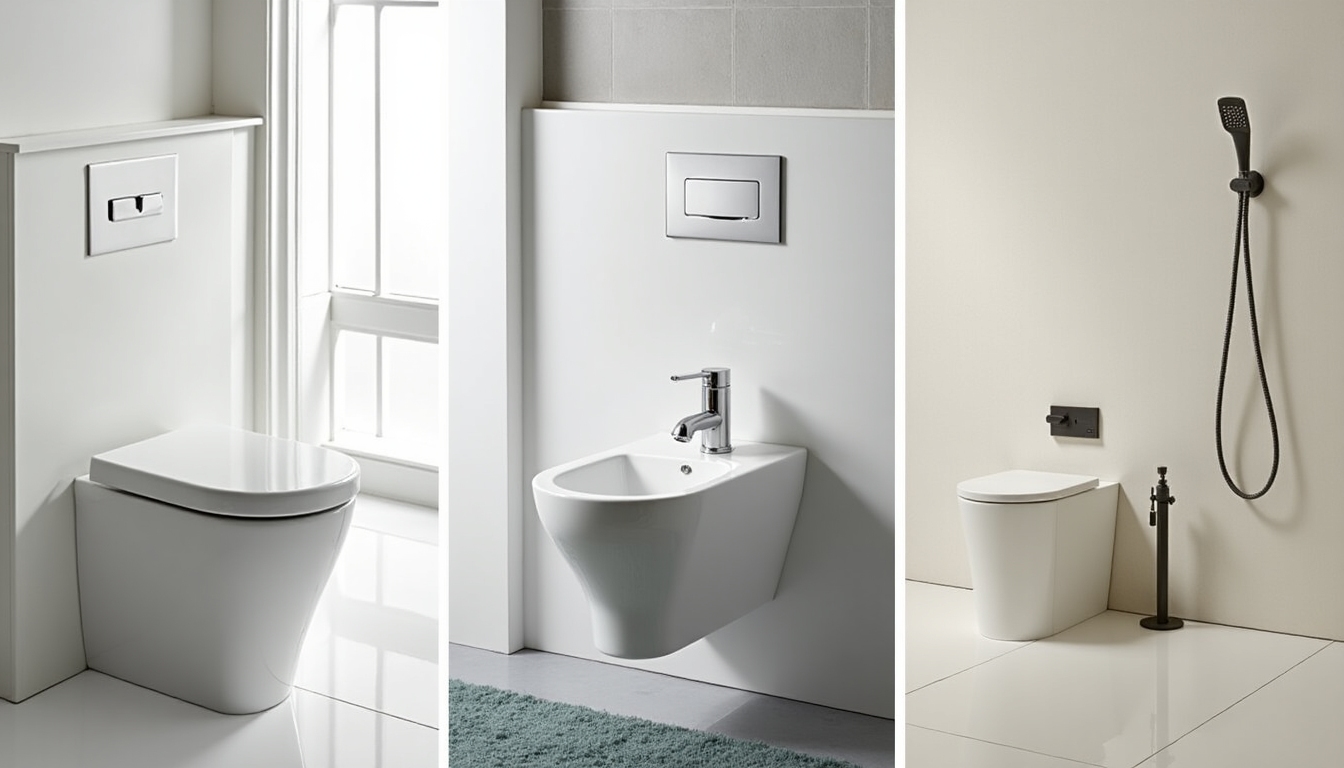
Advanced Water Saving
Consider rainwater harvesting—collect roof runoff for irrigation or flushing toilets. Check local codes first, as rules vary. Greywater systems, reusing sink or shower water, are another smart move. A friend’s project hit a snag when codes banned greywater indoors, so always double-check with officials.
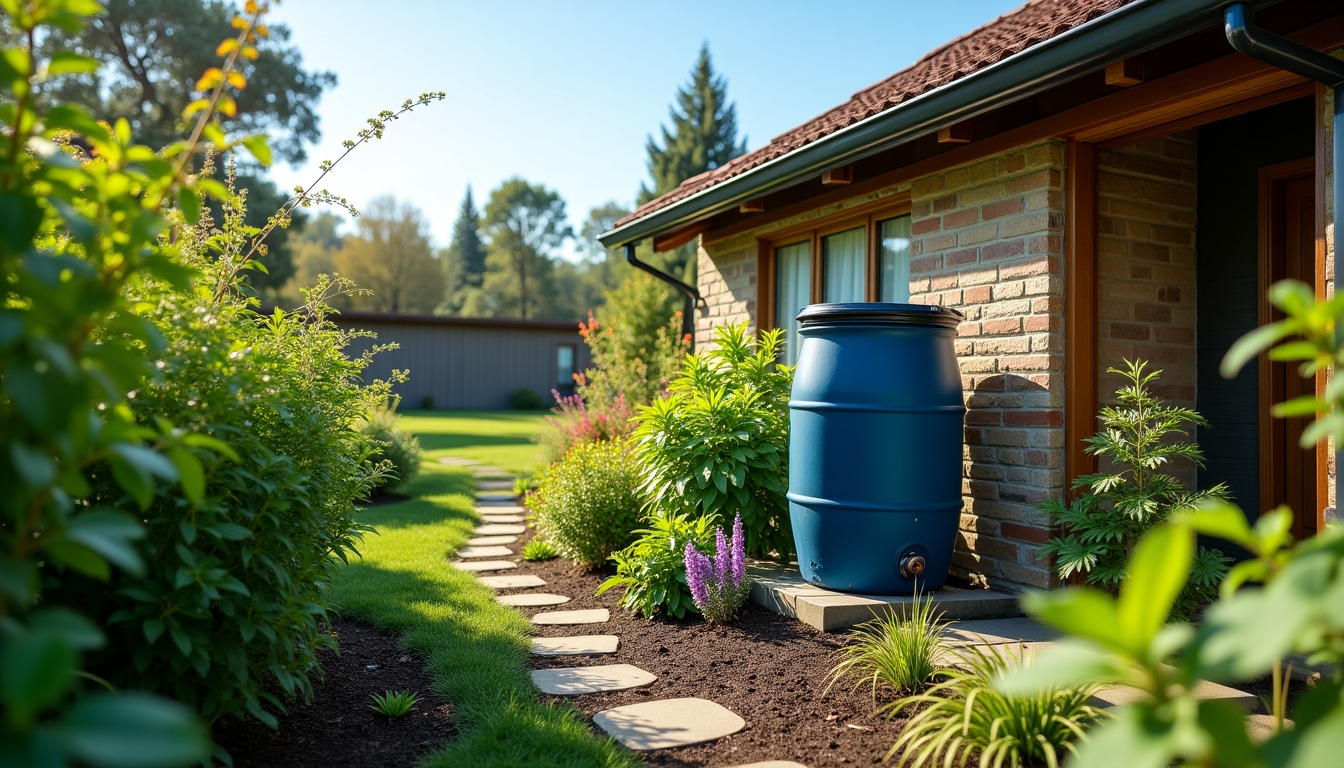
Choosing Sustainable Materials
Materials shape a green building’s footprint. Opt for local, recycled, or renewable options like bamboo flooring or reclaimed wood. Foundation design can use insulated concrete forms (ICFs) for strength and insulation in one. Codes don’t always require these, but they ensure safety. Here’s a comparison:
| Material | Pros | Cons |
|---|---|---|
| Bamboo | Fast-growing, tough | Costs more |
| Reclaimed Wood | Unique, less waste | Hard to find |
| Recycled Steel | Strong, eco-friendly | Needs certification |
| ICFs | Insulates, supports | Higher upfront cost |
I’ve used reclaimed wood—it’s gorgeous and tells a story.
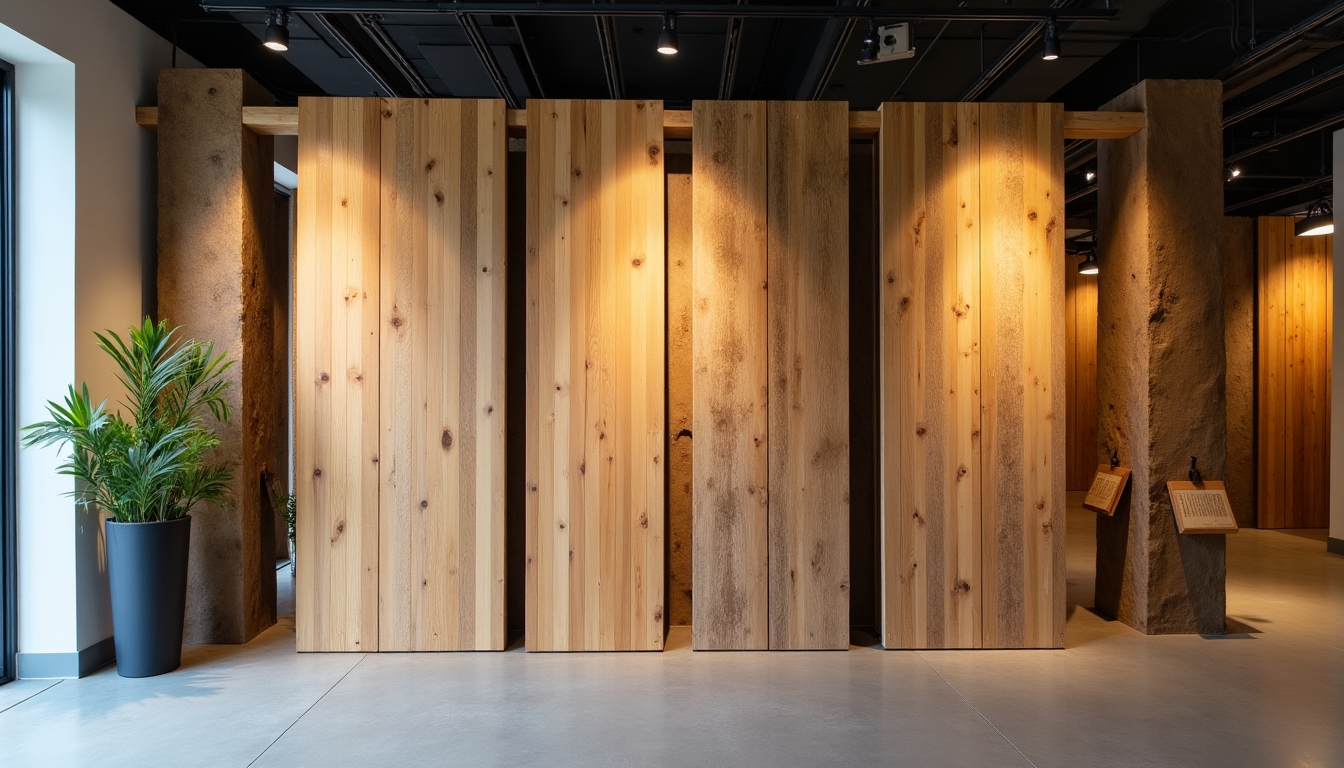
Overcoming Challenges in Meeting Codes
Green building isn’t always smooth sailing. New tech, like advanced insulation, might not be code-approved yet. Meet with building officials early—bring data on safety and performance. Cost is another hurdle; green features can spike budgets. Look for rebates or long-term savings to offset this. I once helped a team justify solar panels with a tax credit—it tipped the scales.
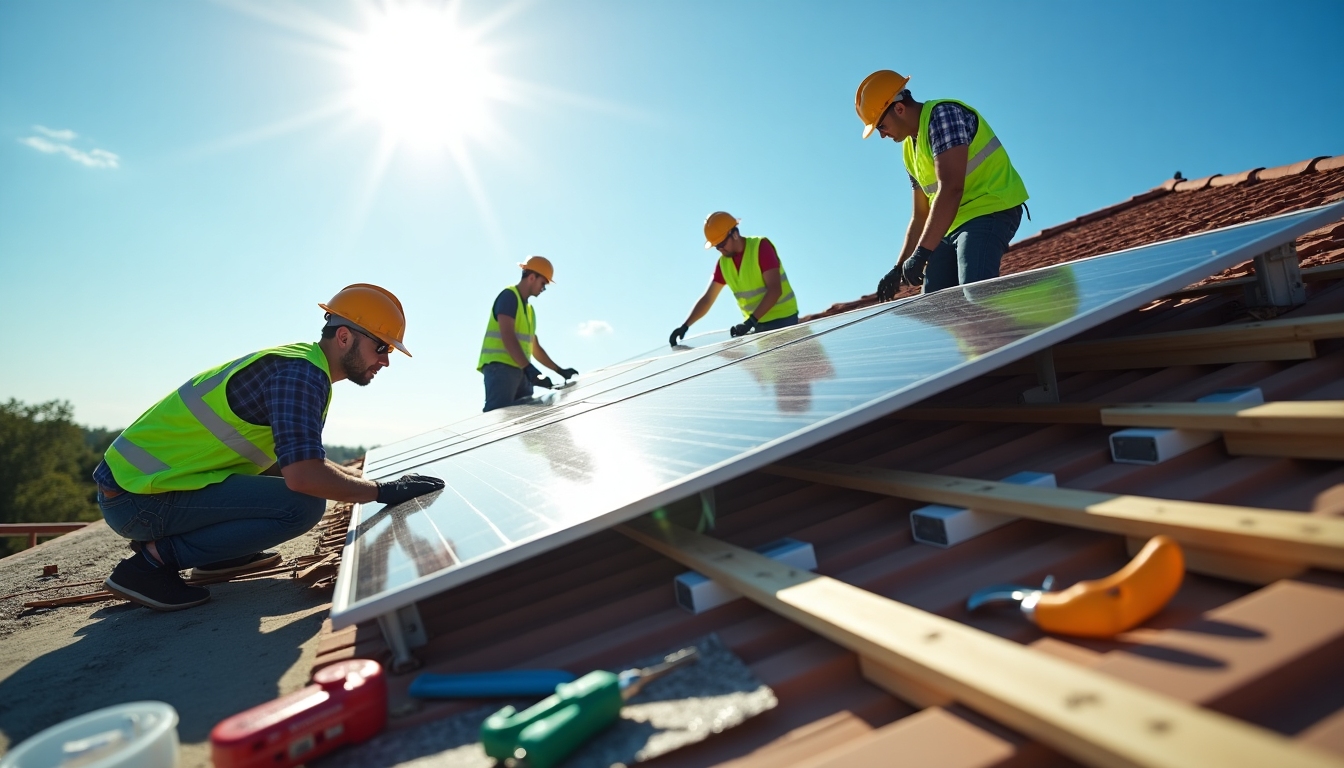
More Solutions
Education ties it all together. Train your crew on green goals and code details to avoid errors. Before starting, schedule a pre-construction meeting with your local building department. Share your plans—they’ll spot issues early. This step saved a project I worked on from a costly redesign.

Summary
Meeting building codes for green buildings blends creativity with discipline. Master energy efficiency, water conservation, and sustainable materials while tackling challenges head-on. The result? Safe, efficient, eco-friendly spaces that last. Aim to exceed codes where you can—it’s worth it for the planet and your peace of mind.





